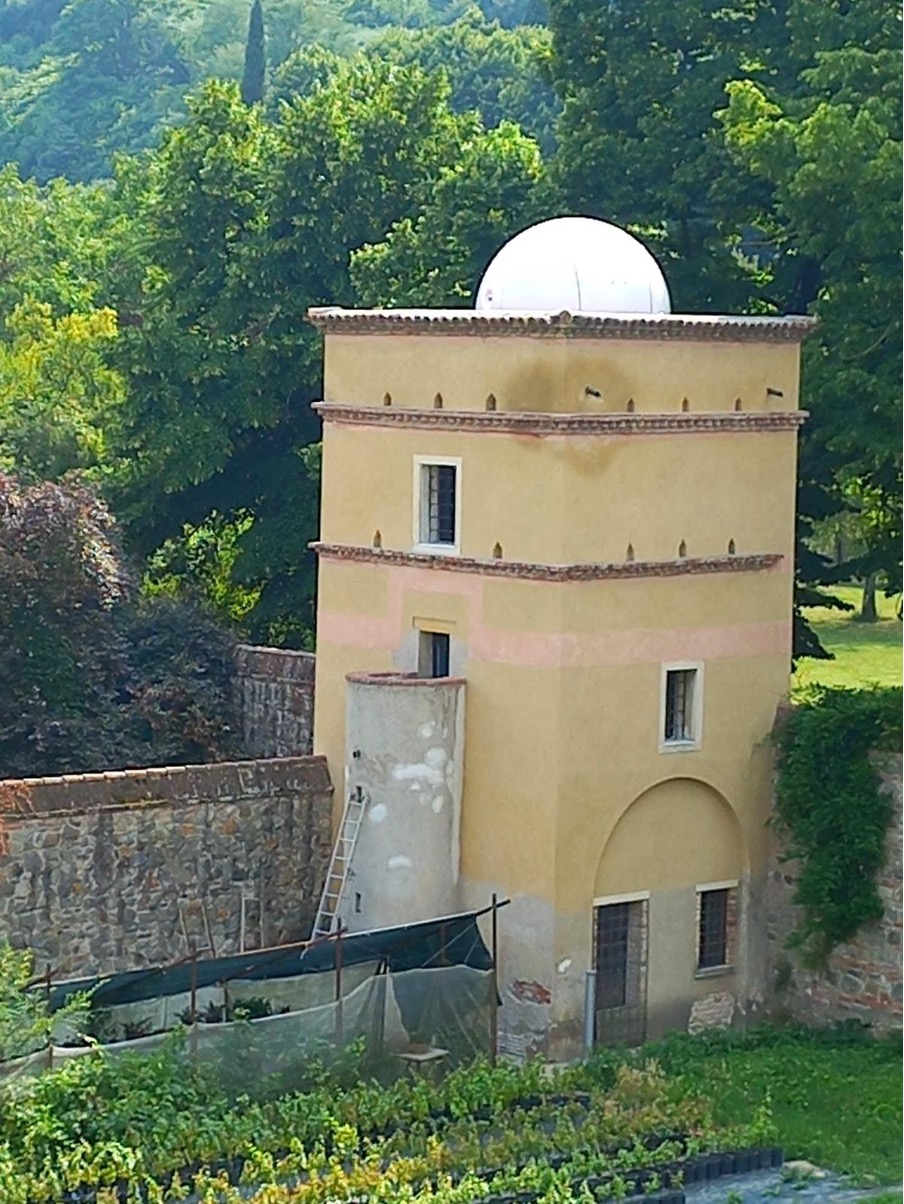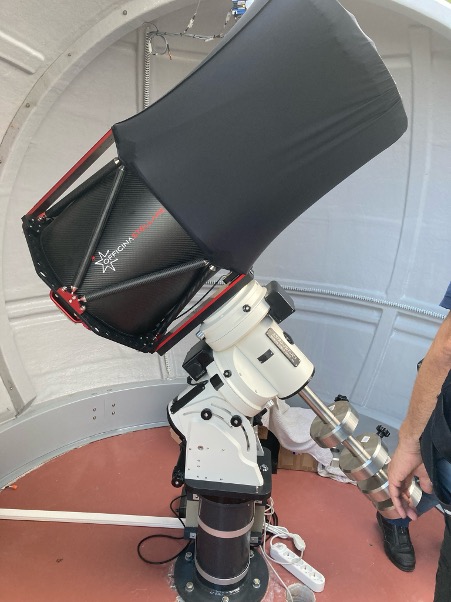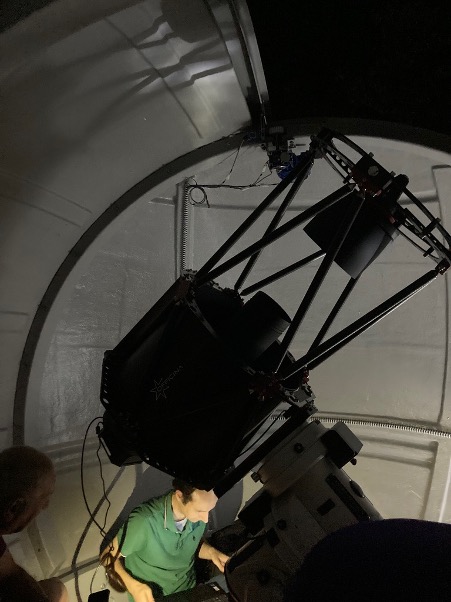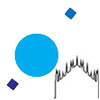The LaserSETI research uses optical telescopes and aims to detect possible artificial light signals emitted by extraterrestrial civilizations by monitoring the high-frequency sky. This is done through prolonged observations in the visible light spectrum in order to distinguish meaningful signals from natural phenomena such as meteors.
Since we have no knowledge of natural phenomena capable of producing laser signals, the primary goal of the research is to detect potential technologies attributable to extraterrestrial technological civilizations or megastructures such as Dyson spheres.
Innovation in the Laser SETI Method
Instead of searching for radio signals, LaserSETI focuses on detecting laser pulses through long-term observation of a target. The project continuously monitors the same regions of the sky to identify signals interpreted as light signatures that vary over time.
The Target
The Italian research focuses on observing exoplanets discovered by space satellites that can be classified as:
- Super-Earths
- Orbiting within the habitable zone of their host star (potential presence of water)
- Located within 100 light-years from Earth
This distance is chosen based on the hope for a “manageable” signal/contact and reply time frame—within about a century.
The Instrument
Located inside the Benedictine Abbey of Praglia (Padova), the telescope is a 50-centimeter Ritchey-Chrétien model equipped with a high-resolution CCD. The telescope is fully remote-controlled and robotized, allowing for remote operation and the management of multiple observation sequences.
Collaborations
The research involves collaborations to verify potentially interesting signals with the SETI Institute in California and its network of Laser Observatories (California, Arizona, Puerto Rico, Canary Islands).




